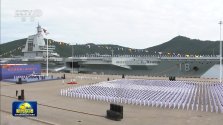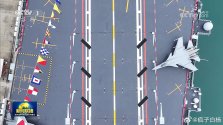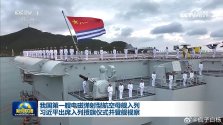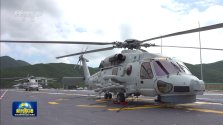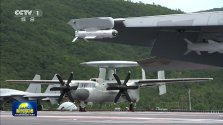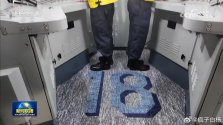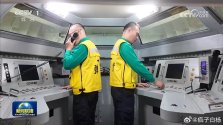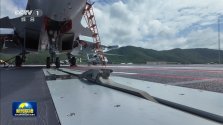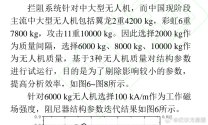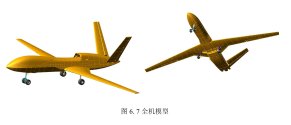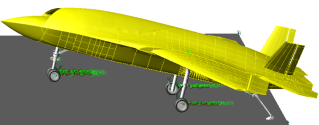Surprisingly, the Fujian is a potential mass-produced model.
玉渊谭天, a Weibo account of CCTV, interviewed the Fujian's development team. After its official commissioning, Tan Tian shared 10 key pieces of information:
1. The Fujian's inevitable deployment areas after commissioning include the Taiwan Strait, the South China Sea, and the Western Pacific.
2. The biggest difference after commissioning is its combat readiness.
3. For the Liaoning and Shandong, the Western Pacific is considered the open sea, but not for the Fujian.
4. The Fujian's "open sea" defense capabilities need to be developed in the Eastern Pacific, Indian Ocean, and Atlantic Ocean, such as the waters near Guam, Hawaii, or Australia.
5. The Chinese Navy has the right to navigate in the Indian Ocean and other areas, in accordance with international law and practice, and no country has the right to interfere.
6. For the same deployment distance, the Fujian can be deployed for a longer period due to its improved performance. This improvement is substantial.
7. The Fujian's commissioning is only the first step in our routine deployment of aircraft carriers. 8. The "001," "002," and "003" aircraft carriers we mentioned are not serial numbers, but model designations. The Type 003 can be considered a mature "platform." Following our previous practice in warship production, after some optimization and improvements on a mature platform, it enters the "mass production" stage.
9. With the commissioning of the Fujian, electromagnetic catapults and multiple types of carrier-based aircraft have become standard features of aircraft carriers. At the same time, the system of accompanying ships in carrier strike groups is gradually taking shape.
10. Subsequently, as the number of aircraft carriers increases, we can truly achieve a long-term, permanent presence of aircraft carriers at a specific location. At that time, the meaning of a "mobile sea fortress" will be concretely demonstrated.


玉渊谭天, a Weibo account of CCTV, interviewed the Fujian's development team. After its official commissioning, Tan Tian shared 10 key pieces of information:
1. The Fujian's inevitable deployment areas after commissioning include the Taiwan Strait, the South China Sea, and the Western Pacific.
2. The biggest difference after commissioning is its combat readiness.
3. For the Liaoning and Shandong, the Western Pacific is considered the open sea, but not for the Fujian.
4. The Fujian's "open sea" defense capabilities need to be developed in the Eastern Pacific, Indian Ocean, and Atlantic Ocean, such as the waters near Guam, Hawaii, or Australia.
5. The Chinese Navy has the right to navigate in the Indian Ocean and other areas, in accordance with international law and practice, and no country has the right to interfere.
6. For the same deployment distance, the Fujian can be deployed for a longer period due to its improved performance. This improvement is substantial.
7. The Fujian's commissioning is only the first step in our routine deployment of aircraft carriers. 8. The "001," "002," and "003" aircraft carriers we mentioned are not serial numbers, but model designations. The Type 003 can be considered a mature "platform." Following our previous practice in warship production, after some optimization and improvements on a mature platform, it enters the "mass production" stage.
9. With the commissioning of the Fujian, electromagnetic catapults and multiple types of carrier-based aircraft have become standard features of aircraft carriers. At the same time, the system of accompanying ships in carrier strike groups is gradually taking shape.
10. Subsequently, as the number of aircraft carriers increases, we can truly achieve a long-term, permanent presence of aircraft carriers at a specific location. At that time, the meaning of a "mobile sea fortress" will be concretely demonstrated.



